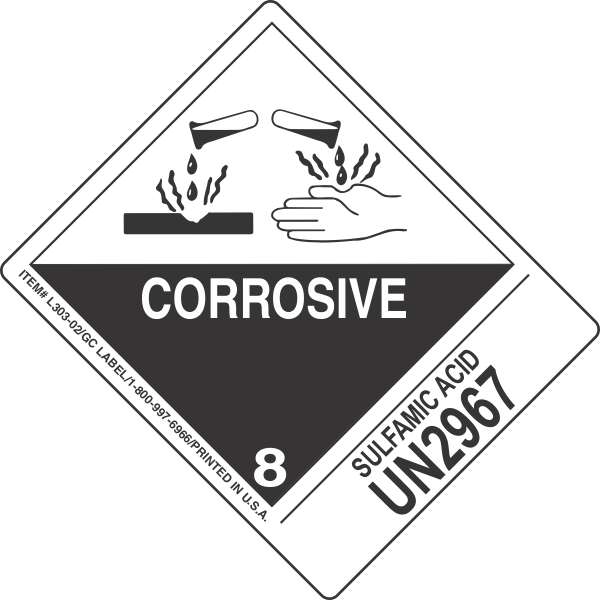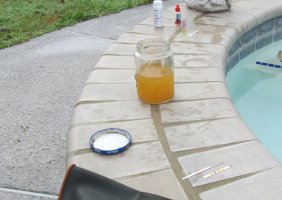Get some litmus paper and keep checking the well water for ph.
So I am in the middle of this and have this to report:
1) The instructions on the product (and this thread) scared my family senseless, so I
tried to fit the pellets down the well cap sanitizing plug opening.
2)The opening "hung the pellets" in its multi-layer non-planar state no matter how we
arranged, pounded, or loosened. The pellets had to be jammed down the hole with a
punch and hammer which powdered them and would have taken all day.
3)Back to the original plan (except no dissolving the pellets first). Dumped 9 lbs. down casing
and sealed well back up and put piping back together.
4)After a number of hours ran pump for 1-2 minutes. Pressure gauge clicked wildly up and down
like I had never seen it (acid gasses?) before water discharged out bypass hose. Water was not "colored" in any way as pellet instructions suggested it might be.
Conclusion so far: product is 100% "on top" of pump which is stuck/sealed either by rust or sand.
I have lots of Ph test capability because I have a swimming pool. I am guessing running the pump
is not agitating what is under it and I am waiting for some "trickle" from "above" to get under through whatever is there...so I will "keep checking the well water for ph"?
Any speculation is welcomed.


